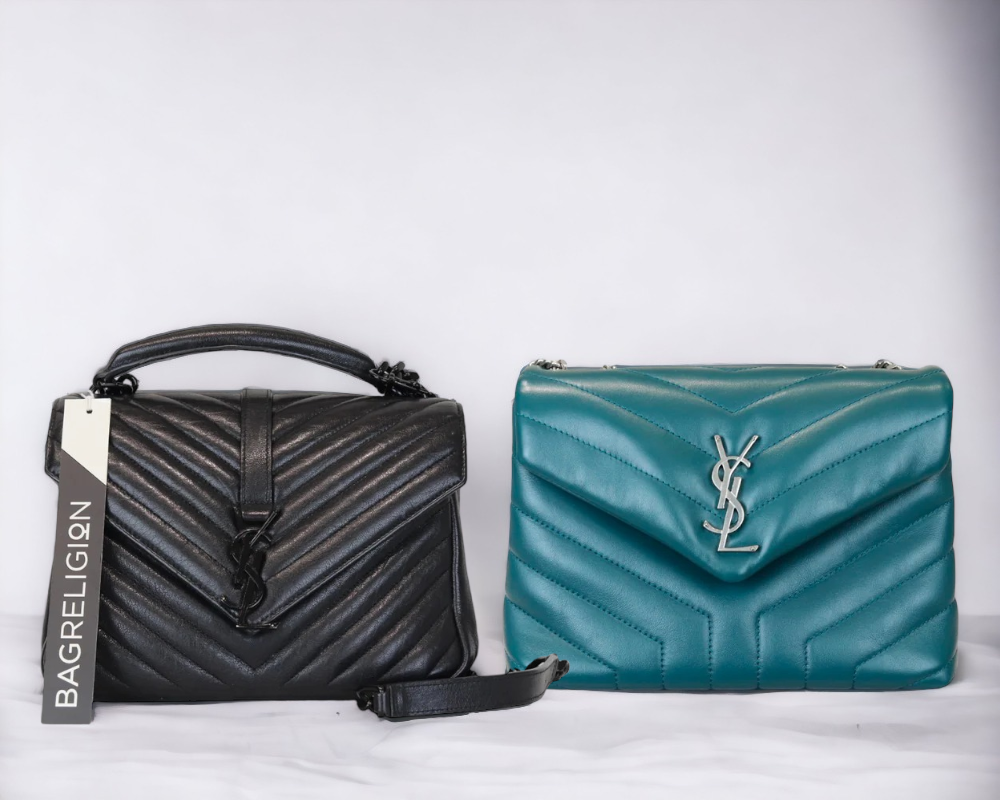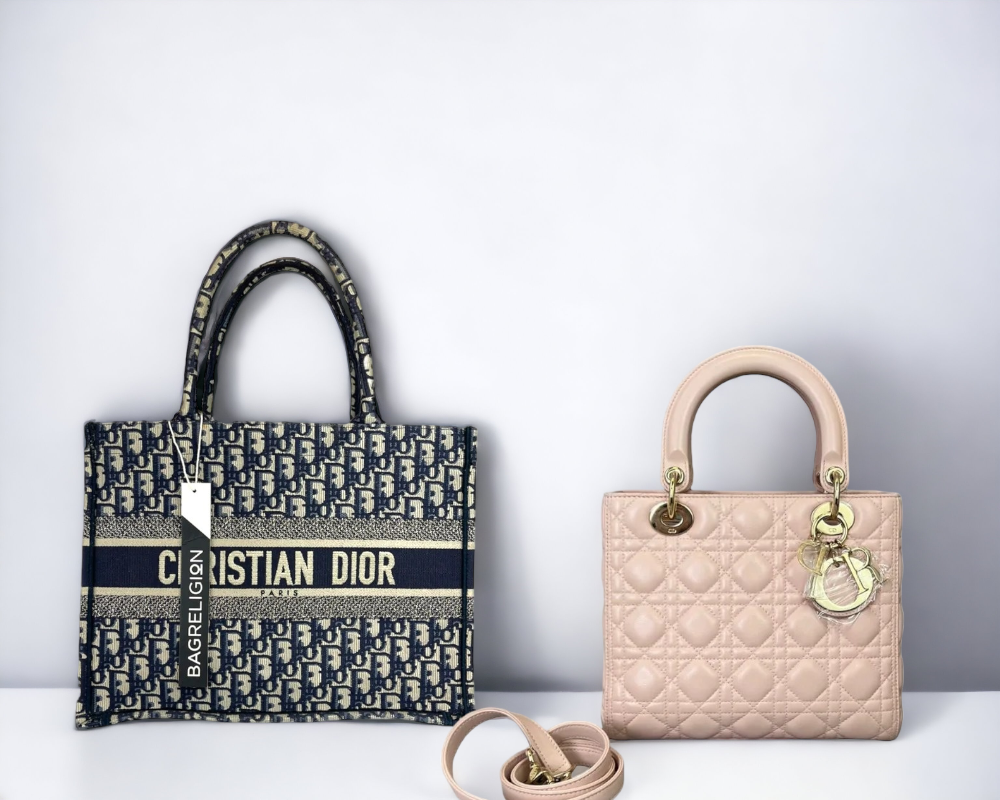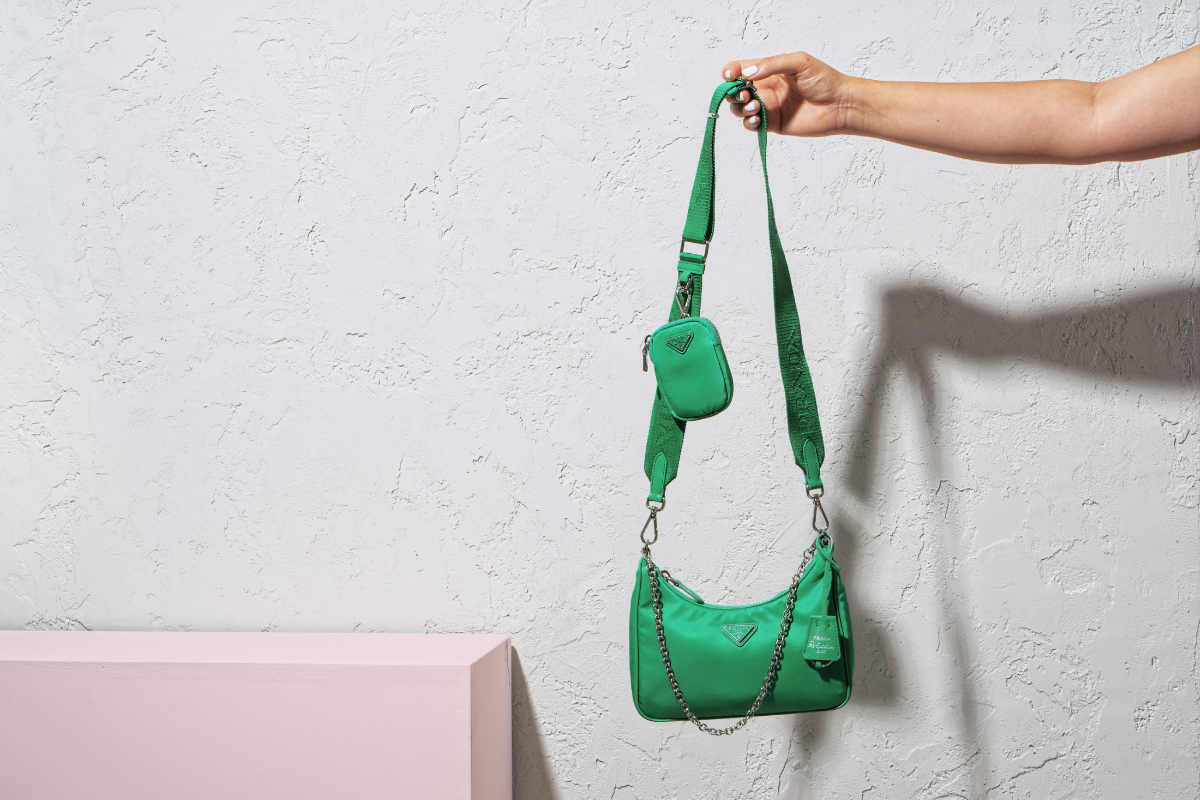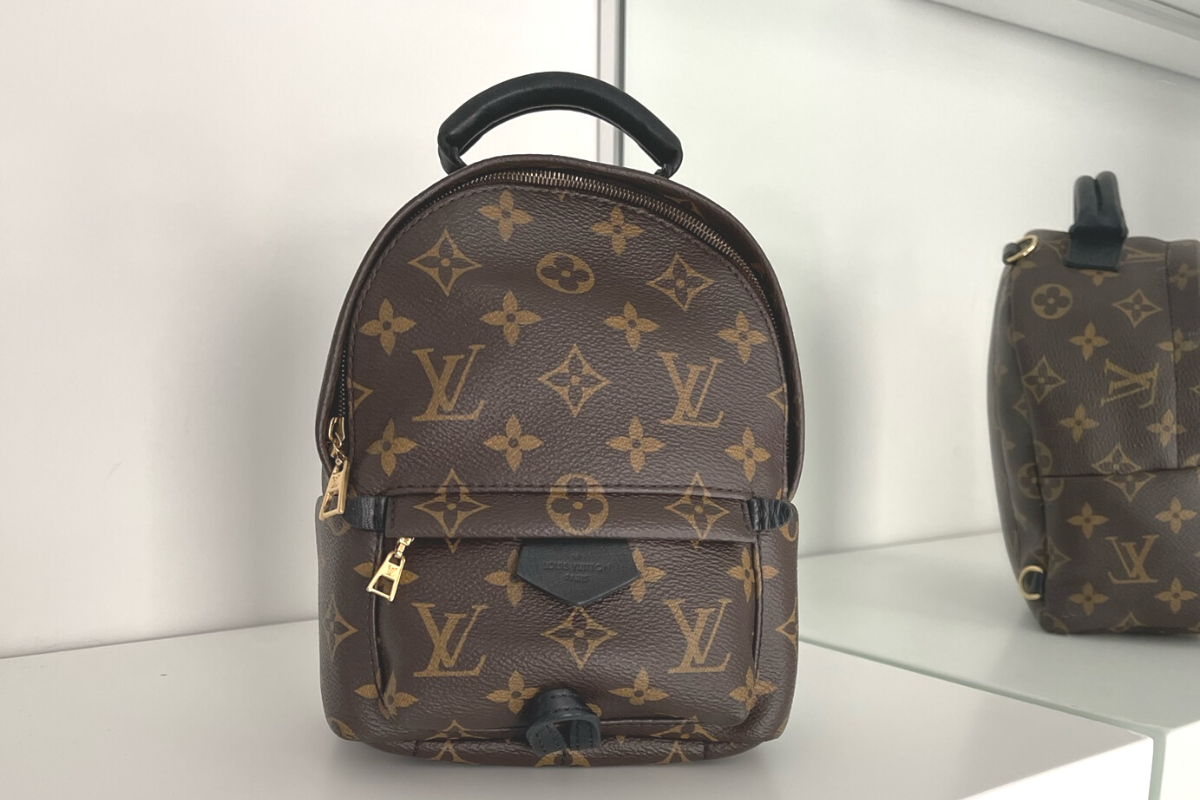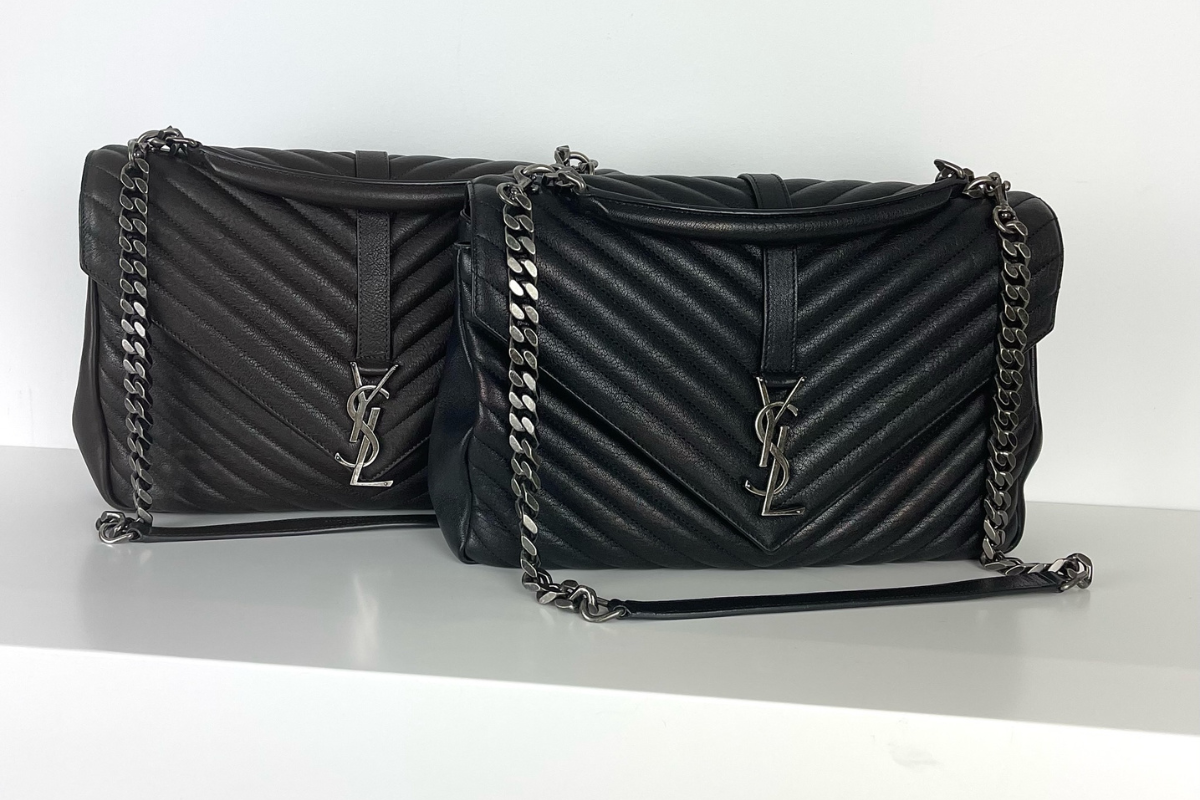
LOUIS VUITTON 101: GUIDE TO LEATHERS & MORE
Posted on
Having amassed an iconic reputation in the luxury sector for its exquisitely designed luggage and handbags, Louis Vuitton uses only the very best textiles and leather. As a result, Louis Vuitton has developed its distinct repertoire of materials, including custom one-of-a-kind leather types.
Season after season, the luxury house has reinterpreted its handbags and accessories in various colours, materials, finishes, prints, and quilting designs. Below, we explore the most classic and popular Louis Vuitton leather types.
Coated Canvas

Most of Louis Vuitton's iconic bags, such as the Neverfull and Speedy, are made from coated canvas. Coated canvas material comes in many different patterns and prints:
- Classic Monogram print in brown with Louis Vuitton pattern (this also comes in a grey shade)
- Multicolour Monogram, a multicolour rendition of the classic monogram. Now discontinued, created originally in 2002, in a collaboration between Louis Vuitton and Japanese artist Takashi Murakami
- Damier Ebene canvas, the darker brown checkered pattern
- Damier Azur canvas, the white checkered pattern
- The Damier Graphite print, a black and dark grey checkered pattern
- Limited edition canvas prints that are newly released seasonally
Made from a blend of cotton and linen with a layer of cotton canvas coated with PVC for extra durability and smoothness, this signature material is durable and water resistant – an excellent choice for travelling.

First introduced in 1985, Epi leather was first inspired by Louis Vuitton's proprietary textured leather from the 1920s. With a unique feel and the ability to showcase bold and vibrant colours, the exclusive design of the Epi leather quickly grew in popularity. By far the brand's most common leather option due to its durability, this sensational leather is resistant to water and withstand scratches. Epi leather is made with grained cowhide leather that is carefully tanned using plant extracts before deep-dyeing.

Much less rigid than Epi leather, Empreinte leather is supple, soft, and durable. Released in 2010, the Louis Vuitton Empreinte Leather is embossed with the iconic LV monogram, quatrefoil and flower symbols. In addition, the embossed areas often feature a colour that contrasts the rest of the leather to create a striking aesthetic. Easy to maintain and clean, Empreinte leather is one of the most durable choices for someone seeking an everyday bag.

Statement-making and unique – Louis Vuitton pieces crafted from exotic skins like lizard, crocodile, ostrich, and python skin are usually hard to find, extremely rare, and fetch exorbitant prices. These exotic leathers are durable and have a glossy, brilliant finish. However, these precious materials are delicate animal skins that should be treated regularly (depending on how often you carry the bag), so they do not dry out or flake off.

With a buttery soft touch and a luxurious sheen, Louis Vuitton lambskin is of exquisite quality with very fine grains to give it a smooth finish. Sumptuous and soft, lambskin is used in many of Louis Vuitton's plusher-looking quilted or embossed bags like the Coussin and GO-14 Malletage bag.
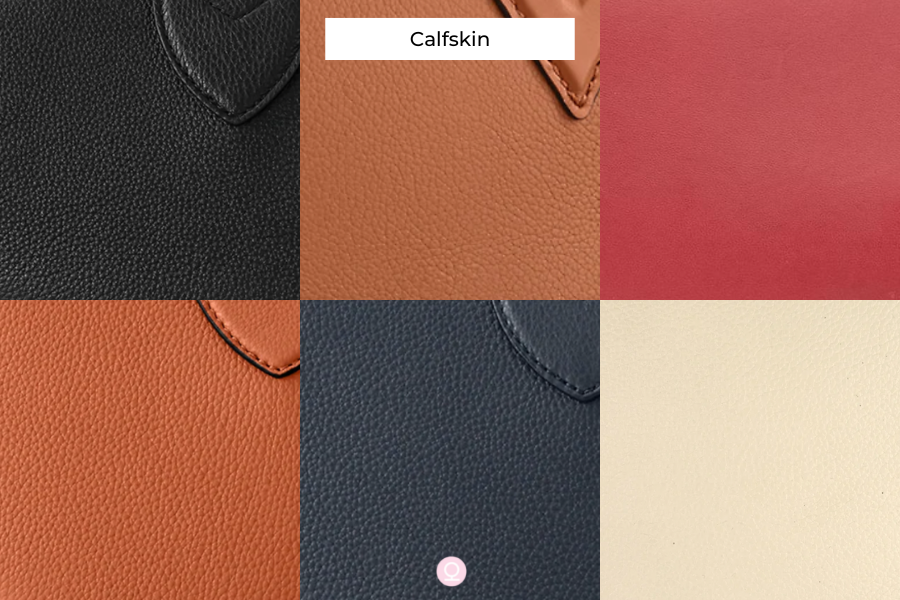
Undoubtedly one of the most popular leather choices for both handbags and SLGs, calfskin is a versatile and incredibly durable leather that has the ability to keep its shape over time, which means it will typically get years of use. Simple to clean and resistant to scuffs, calfskin leather gives Louis Vuitton accessories a refined and pristine look due to their sleekness and smoothness. Minimally processed with a natural-grained finish, Louis Vuitton's calfskin withstands the test of time with its classic appeal.

A new addition to Louis Vuitton's collection of materials, Mahina leather is often seen in some of the brand's newer bag releases. Featuring a subtle-grained finish, the specialty of this leather is the perforations on the leather that outlines the Louis Vuitton monogram print.
Although the grained texture makes it slightly more resilient, Mahina leather is soft and vulnerable to scuffs and scratches. It is important to care for it and keep it stored in a proper dust bag when not in use. Mahina leather can also be damaged by water, so try to keep it away from rain and water.



We hope you found this blog article on Louis Vuitton leathers and materials helpful. With so many different materials to choose from, it can be difficult to choose a favourite. Which material is your go-to choice?


